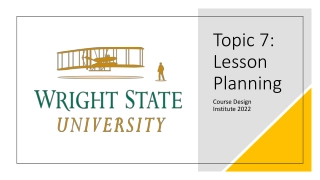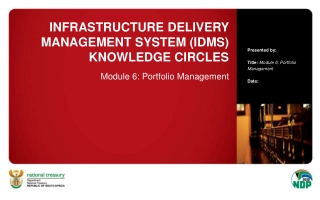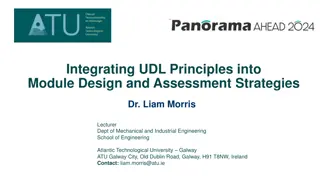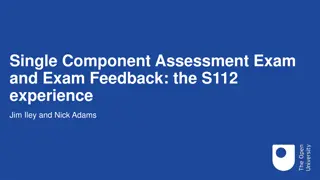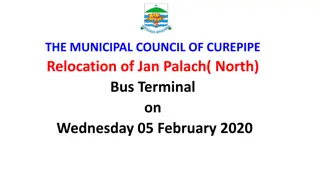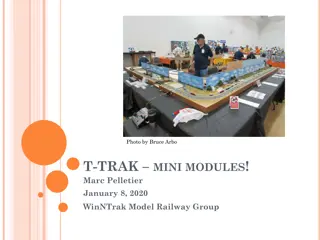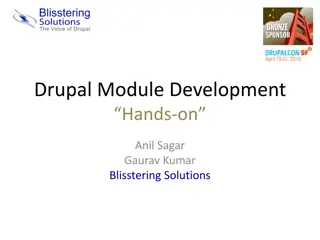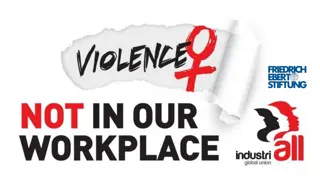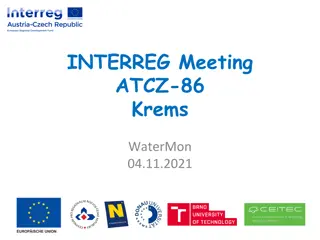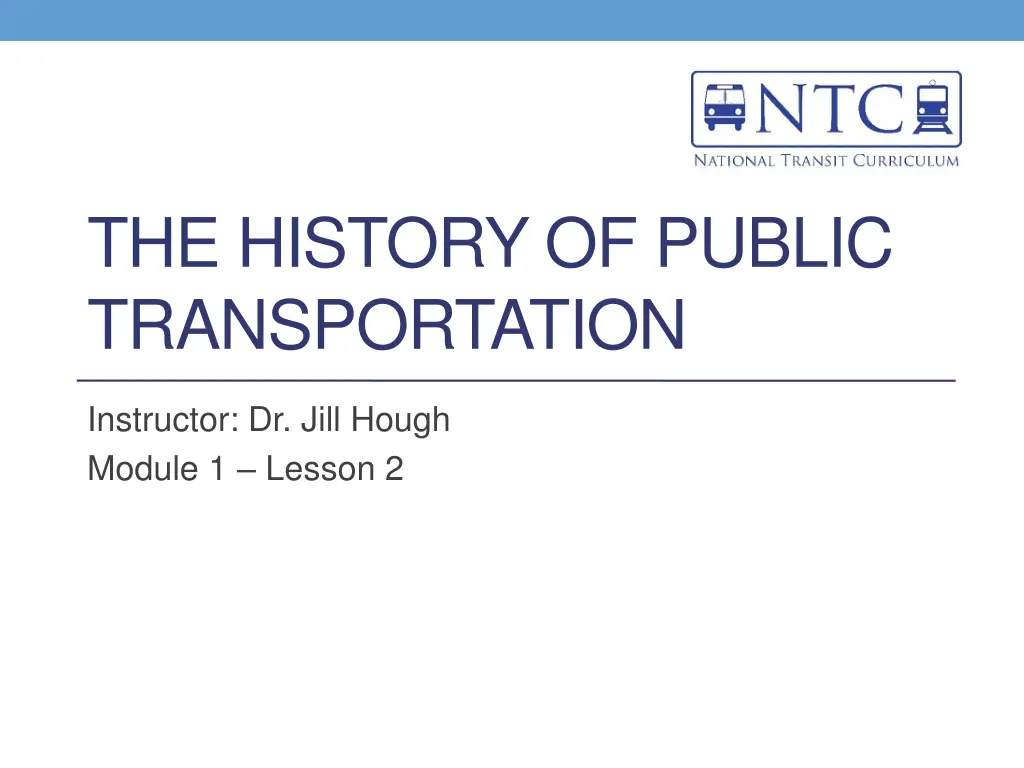
Evolution of Public Transportation History
Explore the fascinating journey of public transportation development and its impact on urban areas over the past centuries. From the introduction of omnibuses to the establishment of state-operated railways and the Americans with Disabilities Act, this overview covers major milestones and trends in transit enterprise evolution, shedding light on its complex relationship with urban development in the U.S.
Download Presentation

Please find below an Image/Link to download the presentation.
The content on the website is provided AS IS for your information and personal use only. It may not be sold, licensed, or shared on other websites without obtaining consent from the author. If you encounter any issues during the download, it is possible that the publisher has removed the file from their server.
You are allowed to download the files provided on this website for personal or commercial use, subject to the condition that they are used lawfully. All files are the property of their respective owners.
The content on the website is provided AS IS for your information and personal use only. It may not be sold, licensed, or shared on other websites without obtaining consent from the author.
E N D
Presentation Transcript
THE HISTORY OF PUBLIC TRANSPORTATION Instructor: Dr. Jill Hough Module 1 Lesson 2
Learning Objectives Articulate the relationship between the development of transit technology, the transit enterprise, and U.S. urban development. Describe the positive and negative impacts of the dramatic change in urban travel method and pattern over the past 90 years
Overall Context As the population moved from rural to urban areas, the public transportation allowed for larger urban areas to be efficiently connected.
Major Milestones in Transit 1662, the omnibus in Paris 1740 New York use of Ox carts 1827 First horse drawn urban stagecoach (omnibus) 1829 London, 1831 NYC -12 passenger 1830 First railroad Baltimore 1832 Street Railway (horse Car) 7 mph 1871 First steam-powered elevated line 1872 Great horse influenza killed thousands of horses
Major Milestones in Transit 1873 First cable car San Francisco 1883 First public operated cable car New York File:Newtonbostoncar.jpg 1888 First successful street railway transit agency Richmond, VA 1893 First interurban 1895 First elevated rail line Chicago 1897 First electric underground Boston
Major Milestones in Transit 1904 First State operated street railway Bismarck, ND 1905 First public takeover of a private transportation company (Staten Island Ferry) 1910 Buses (Jitney) 1932 First publicly operated heavy rail line New York 1964 Urban Mass Transportation Act of 1964 1960s-1970s Conversion from private ownership to pubic agency ownership 1983 Public transportation trust fund for capital projects created through dedication of one cent of federal gas tax 1990 Americans with Disabilities Act
History of the Transit Enterprise Pre 1890s Individual entrepreneurs, small firms, single routes Most Electric Railways were owned by Utility Companies 1890s-WWII Mergers into one or few large private corps in each city 1920s -- WW II Rapid introduction of auto decline of transit WWII-1960s Declining profitability, abandonment of service in small towns WW II -- 1960s Expansion of highway system - Interstate Era 1960s 1980 Balanced transportation concern for energy, air quality 1990s - Present Congestion, air quality, ADA, energy
Transit and Urban Development The industrial revolution led to a migration from rural to urban areas. To absorb increasing populations, urban areas needed to spread out. Improved public transportation allowed for larger urban areas to be efficiently connected.
Transit Ridership Trends Transit Ridership grew steadily from the 1890s through the 1920s. Ridership began to decline during the Great Depression due to increased unemployment, bankruptcy of transit systems and introduction of automobile.
Transit Ridership Trends (cont.) Ridership reached all-time high during World War II (about 28 billion one-way passenger trips) due to gas rationing, full employment. Ridership dropped to about 6 billion one-way passenger trips in mid 1960s before rising due to energy crises, new systems. Ridership hit post WW II high in 2009 with 10.4 billion one-way passenger trips.
Relationship of Technology to Enterprise Form Few economies of scale for horse car systems therefore small firms, individual routes feasible. Electric streetcars required large investments in rolling stock, power generation and distribution so large enterprise desirable. Monopoly or duopoly structure continues today.

